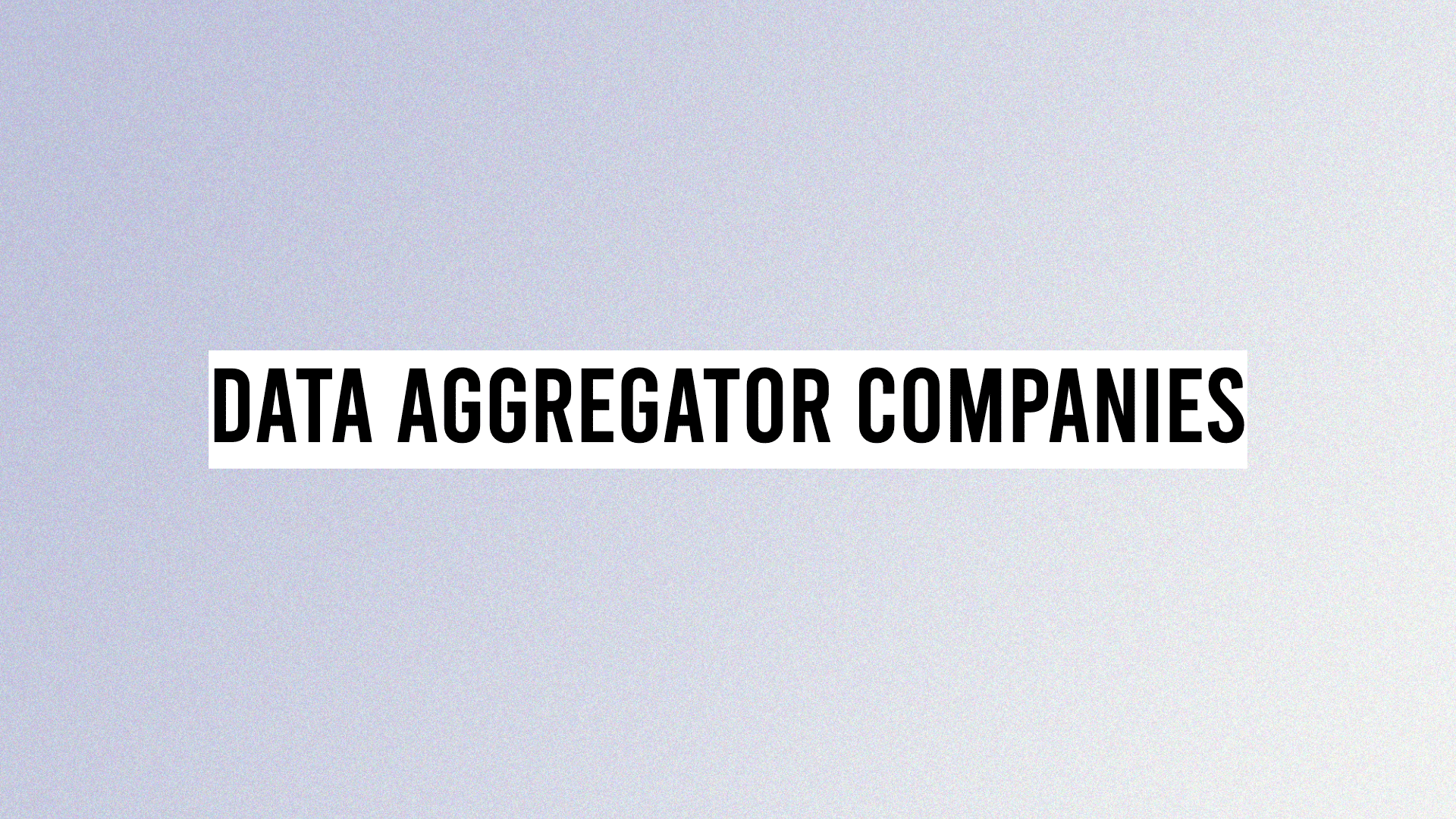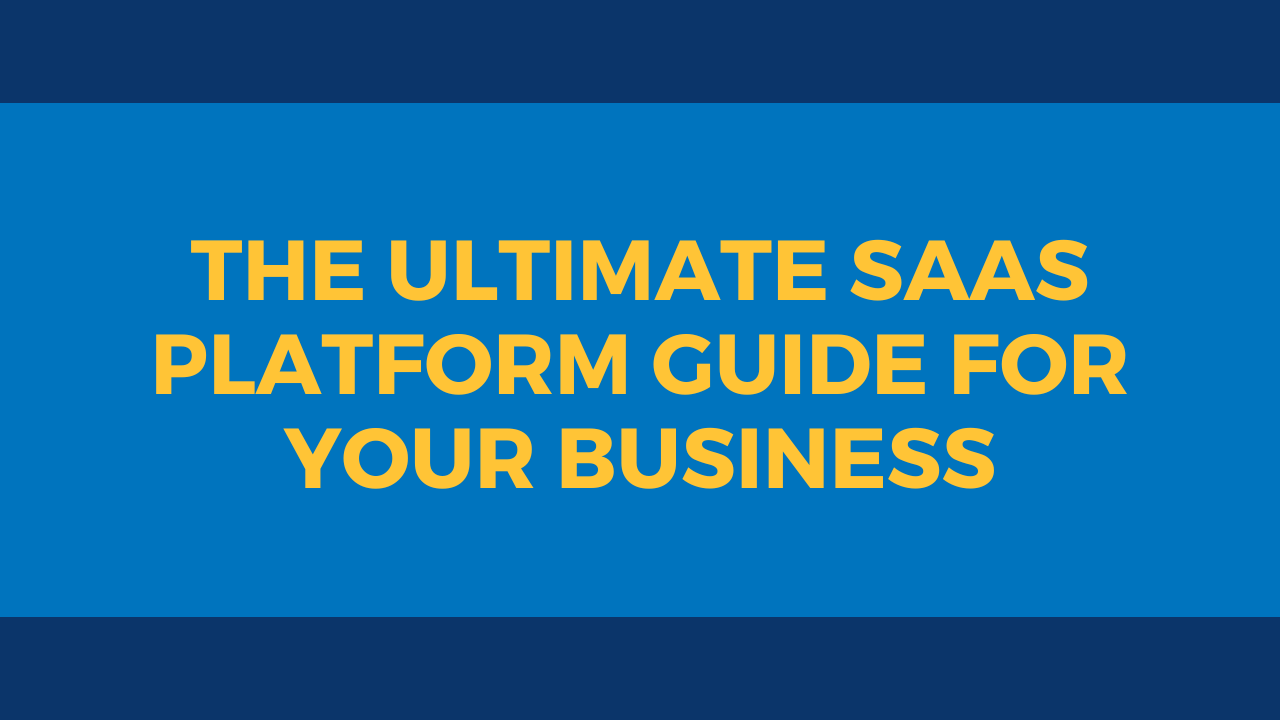Data aggregation is collecting, combining, and organizing data from multiple sources into a unified view. In today’s world of big data, it has become increasingly important for companies to have access to reliable and up-to-date information to make decisions quickly and accurately.
With the help of these specialized services, organizations can gain valuable insights that can be used for strategic planning or operational improvements. This blog post will explore how data aggregator companies are transforming the way we do business today.
What is Data Aggregation?
Data aggregation involves gathering raw data from various sources and transforming it into structured information before storing it in a database or other repositories such as a spreadsheet, aggregate data analytics, or data aggregation tools. Data aggregation and data integration tools enable organizations to gather related information quickly to analyze it more effectively.
For example, you must compare sales figures across different regions over time. In that case, you could aggregate all the relevant figures into one report rather than searching through individual accounts for each region separately.
What is the Data Aggregation Process?
The data aggregation process typically involves several steps. First, the data is collected from various sources and consolidated into a single location, such as a data warehouse. Next, the data is cleaned and standardized to ensure consistency and accuracy. This may involve removing duplicates, correcting errors, and filling in missing data.
Once the data is cleaned and standardized, it is transformed into a suitable format for data analysis. Data preprocessing is an essential step in this transformation process, ensuring that the information is ready and optimized for subsequent analytics. This may involve summarizing the data into categories or aggregates, such as averages or totals. Finally, the data is visualized or presented in a way that is easy to understand and interpret.
Local Data Aggregators
MX
- One of the key benefits of using MX as a local data aggregator is that it provides businesses with a more comprehensive and accurate view of their local markets.
- This can help companies to make more informed decisions about where to invest their resources and how to serve their customers better.
- By having access to accurate and up-to-date data, businesses can also identify new opportunities for growth and expansion.
Finicity
- One of the key benefits of using Finicity as a local data aggregator is that it provides businesses with a more comprehensive and accurate view of their customers’ financial behavior.
- This can help companies to make more informed decisions about lending, risk management, and customer acquisition.
- By accessing accurate and up-to-date financial data, businesses can identify potential fraud and make more accurate credit assessments.
Fiserv / CashEdge
- Fiserv / CashEdge enables financial institutions to quickly access account information from multiple sources to provide comprehensive customer service experiences.
- Through secure APIs or webhooks, Fiserv can aggregate transaction data from various sources, including banks, credit cards, payment processors, and online marketplaces – all at once.
- This allows them to assess customer needs quickly across different channels while providing more accurate insights into spending behavior patterns, among other valuable business intelligence software in USA metrics.
- Moreover, the platform offers powerful analytics tools that enable users to identify trends in customer spending habits that businesses can use for targeted marketing campaigns or product development initiatives.
Yodlee
- Yodlee is a local data aggregator that helps businesses and individuals gain access to their financial data aggregation information from multiple sources.
- It has become an integral part of the modern finance industry, allowing customers to view all their accounts in one place and make better decisions about their money.
- Yodlee is also an excellent tool for businesses, providing real-time insights into customer spending habits to create more effective marketing campaigns and drive revenue growth.
- With its powerful features, it’s no wonder Yodlee has become such an essential part of the digital banking revolution.
3iDataScraping
- Its automated web crawler quickly searches millions of web pages to identify relevant content for any query.
- This allows users to rapidly generate detailed reports on topics such as customer sentiment or industry trends without manually searching through each page themselves.
- Additionally, 3iDataScraping also supports custom filters which allow users to narrow down their results even further by applying criteria such as geographic location or period.
Plaid and Quovo
- Plaid is a fintech platform designed to make it easier for businesses to access customer financial data from banks and other providers quickly and securely.
- The company offers an API enabling developers to integrate with over 10,000 different banks across the United States to retrieve account information such as balances, transaction history, or people loan details.
- Furthermore, Plaid also provides several tools that allow users to monitor customer activity across all accounts in real-time without having them log in whenever they want to view something new on their dashboard.
Top Data Aggregators for SEO
Google Maps
- Its real-time analytics allow marketers to track search trends in a specific area or globally so they can customize their content accordingly.
- This platform also helps website owners identify customers close to their business or actively search for related products in the local area.
- It offers detailed demographic information, such as age groupings and income levels, which can be used to create targeted campaigns.
Bing Local
- Users can easily find what they need by providing detailed information such as opening hours, addresses, and contact details without going too far out of their way.
- Furthermore, by including images and videos related to your business on Bing Local, you can make it easier for potential customers to get an idea of what’s available at your store or office before visiting.
Apple/Siri
- Using natural language processing, Apple/Siri can interpret user queries and provide relevant results in response.
- It collects data from various sources such as webpages, databases, and social media platforms to provide users with relevant information based on what they’re asking about.
- For example, if someone asked, “What is the best Italian restaurant near me?” Siri would use its AI-complete data management capabilities to comb through multiple resources to find the answer quickly and accurately.
- Whether tracking user interactions with your content or understanding how different demographics engage with specific topics, Facebook can provide valuable insights into how your website should be structured for optimal SEO performance.
- Facebook also allows businesses to draw from diverse data sources such as user profiles, posts, and other social media activities to surface critical trends and understand what works best on the platform.
- Plus, businesses can use this data to track changes in search engine algorithms and adjust their strategies accordingly.
Yellow Pages
- Yellow Pages allow businesses to create customized listings that include detailed descriptions of products or services offered and contact information such as phone numbers and email addresses, which help potential customers connect directly with the business owners.
- The listings also include images that attract attention from users browsing search results pages.
- Furthermore, these listings are optimized according to different keywords, so they appear higher up in relevant search results pages when someone searches using those words or phrases.
- This helps increase visibility for listed companies without having to pay extra costs associated with paid advertising campaigns like Google Ads or Facebook Ads.
Comparison Between Manual vs. Automated Data Aggregation
Manual Data Aggregation
Manual data aggregation is collecting information manually through surveys or reports. This type of data collection requires significant effort from people, often needing them to input the data into a spreadsheet or database for later review.
Automated Data Aggregation
Automated data aggregation, on the other hand, involves using technology to collect real-time information from various sources. This technological approach is closely mirrored in the banking sector, where big data in banking plays a transformative role, enabling financial institutions to analyze vast amounts of information for enhanced decision-making, risk management, and customer service optimization.
Most modern systems use APIs that automatically retrieve and store relevant data from websites, databases, social media platforms, and more. Utilizing an ODBC driver can facilitate seamless data integration from various database sources, enhancing the efficiency of automated data aggregation processes.
These APIs may implement various authentication protocols such as SAML or OAuth, ensuring secure and seamless data access. For those utilizing SQL Server, integrating a REST API can dramatically improve this data interaction process.
How to Use Custom SEO Programs Designed Around Your Business
- Custom SEO programs designed around your business are the way to go if you want to optimize your website for search engine rankings.
- Customized SEO programs allow companies to tailor their strategy based on their specific needs and objectives.
- Businesses can achieve higher organic rankings in search engines such as Google and Bing by focusing on the right keywords, content creation, and optimization techniques.
Frequently Asked Questions
What is a citation?
A citation refers to a source of information such as an article, book, website, or other published material. Citations can be included in the text to provide additional evidence for statements or conclusions made in the text. They are typically formatted according to detailed style guides.
What is the name of a data aggregator?
A data aggregator is a software program that collects and organizes data from various sources into a unified view. Common types of data aggregators include web crawlers, search engine indexers, and market intelligence systems. E
What is an example of data aggregation?
Data aggregation is collecting data from multiple sources and combining it into a unified view. For example, online retailers often conduct data aggregation to combine sales figures and customer demographics from different stores to gain valuable insights about their customers.
What are the two types of data aggregation?
The two types of data aggregation are active and passive. Dynamic data aggregation involves gathering data from multiple sources through manual collection and organization, such as surveys or polls. Passive data aggregation automatically collects data from various sources, such as online activity, browser history, or purchase histories.
Wrapping Up
Whether you’re just starting out or already established as a leader in your industry, partnering with a reputable data aggregator will provide tangible benefits over time.













